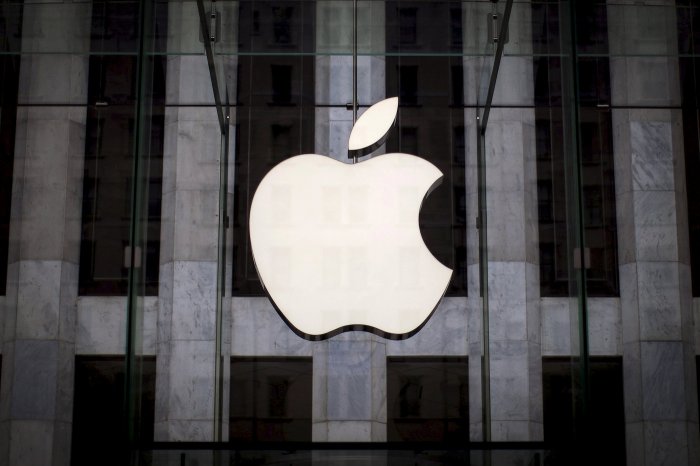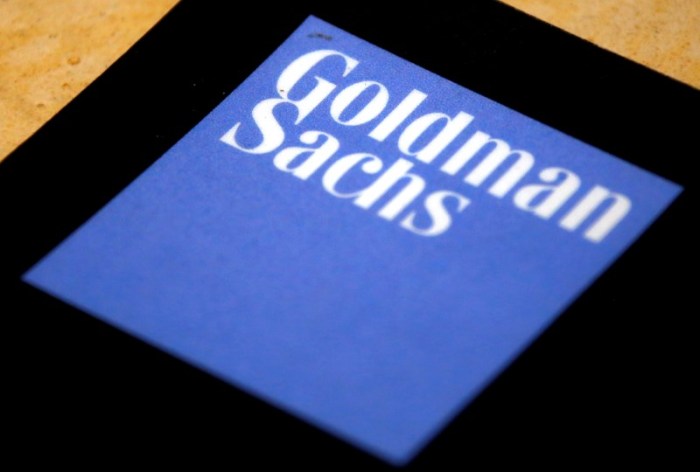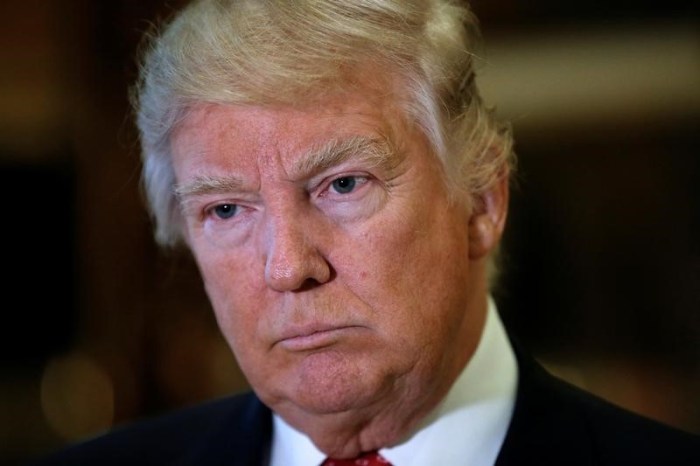By Lucia Mutikani
WASHINGTON (Reuters) – The number of Americans filing for unemployment benefits fell last week, pointing to sustained labor market strength in early August that could help spur faster economic growth. Other data on Thursday showed an unexpected rise in import prices in July as a drop in petroleum prices was offset by gains in the cost of other goods. However, renewed dollar strength is expected to curb underlying inflation in the coming months. “The data remain consistent with a still-strong trend in employment growth, which means the backdrop for consumer spending remains favorable,” said Jim O’Sullivan, chief U.S. economist at High Frequency Economics in Valhalla, New York. Initial claims for state unemployment benefits slipped 1,000 to a seasonally adjusted 266,000 for the week ended Aug. 6, the Labor Department said. Claims for the prior week were revised to show 2,000 fewer applications received than previously reported. Claims have now been below 300,000, a threshold associated with a strong labor market, for 75 straight weeks, the longest streak since 1973 when the labor force was smaller. The four-week average of claims, considered to be a better measure of labor market trends as it irons out week-to-week volatility, rose 3,000 to 262,750 last week.
With the labor market perceived to be either at or approaching full employment, there is probably little room for further declines in claims. A report on Wednesday showed layoffs fell to a near two-year low in June. The upbeat claims report and better-than-expected financial results from retailers Kohl TAME INFLATION
In a separate report, the Labor Department said import prices edged up 0.1 percent last month after increasing 0.6 percent in June. Economists polled by Reuters had forecast import prices falling 0.3 percent in July. In the 12 months through July, import prices fell 3.7 percent, the smallest decrease since November 2014, after declining 4.7 percent in the 12 months through June. Import prices excluding petroleum increased 0.5 percent, the largest gain since April 2011, after dropping 0.3 percent in June. Last month’s increase in import prices came despite a 0.6 percent rise in the dollar against the currencies of the United States’ main trading partners in July. The dollar lost some steam early in the year. Oil prices, which had started to rise toward $50 per barrel, fell in July and are now below $45 per barrel. The combination of dollar strength and cheap oil will likely continue to dampen imported inflation pressures and keepoverall inflation below the Federal Reserve’s 2 percent target.
Persistently low inflation suggests the U.S. central bank is unlikely to raise interest rates in the near term, even as the labor market approaches full employment.
“Although the pass-through of import prices to consumer price inflation is small, given the large share of spending on services, the weakness in import prices remains an additional hurdle for the Fed in reaching its inflation goal,” said Sam Bullard, a senior economist at Wells Fargo Securities in Charlotte, North Carolina. The robust labor market is boosting consumer spending and putting a floor under the economy after an inventory correction and lower oil prices restricted GDP growth to an average 1.0 percent annualized rate in the last three quarters. The economy added a total of 547,000 jobs in June and July. The low number of claims suggests job growth momentum was retained in early August.
(Reporting by Lucia Mutikani; Editing by Paul Simao)
U.S. labor market firming; inflation remains benign

By Lucia Mutikani














